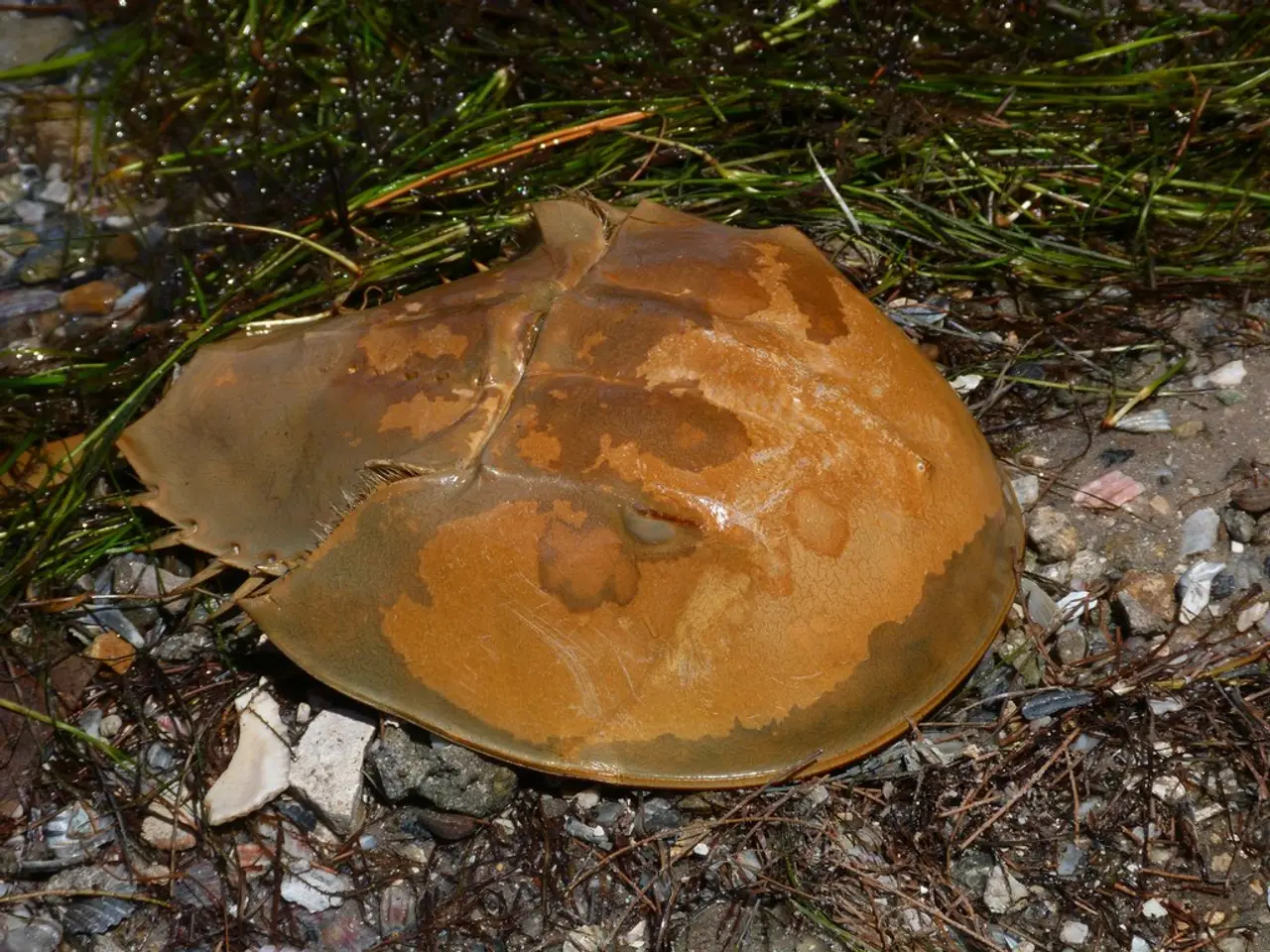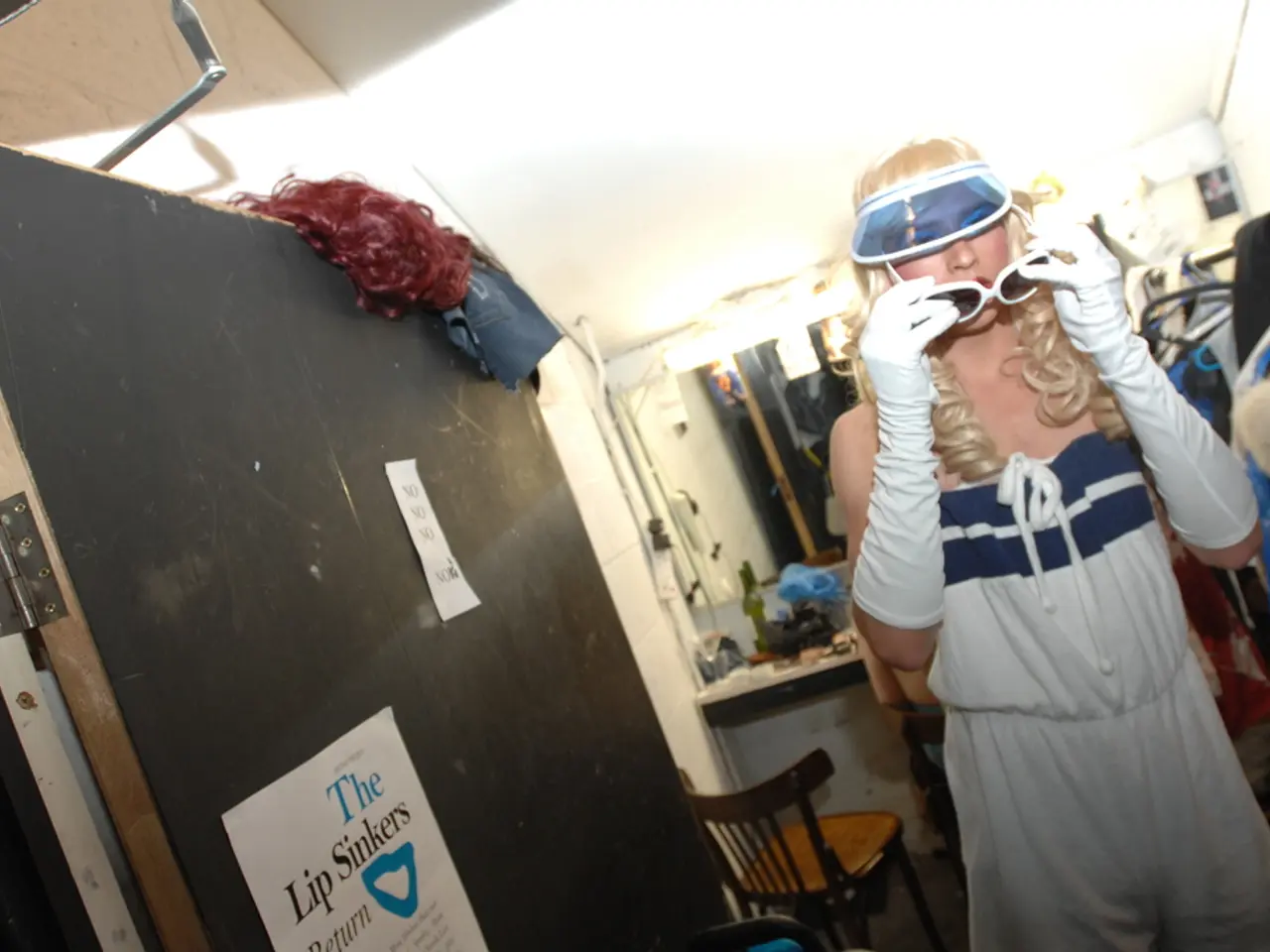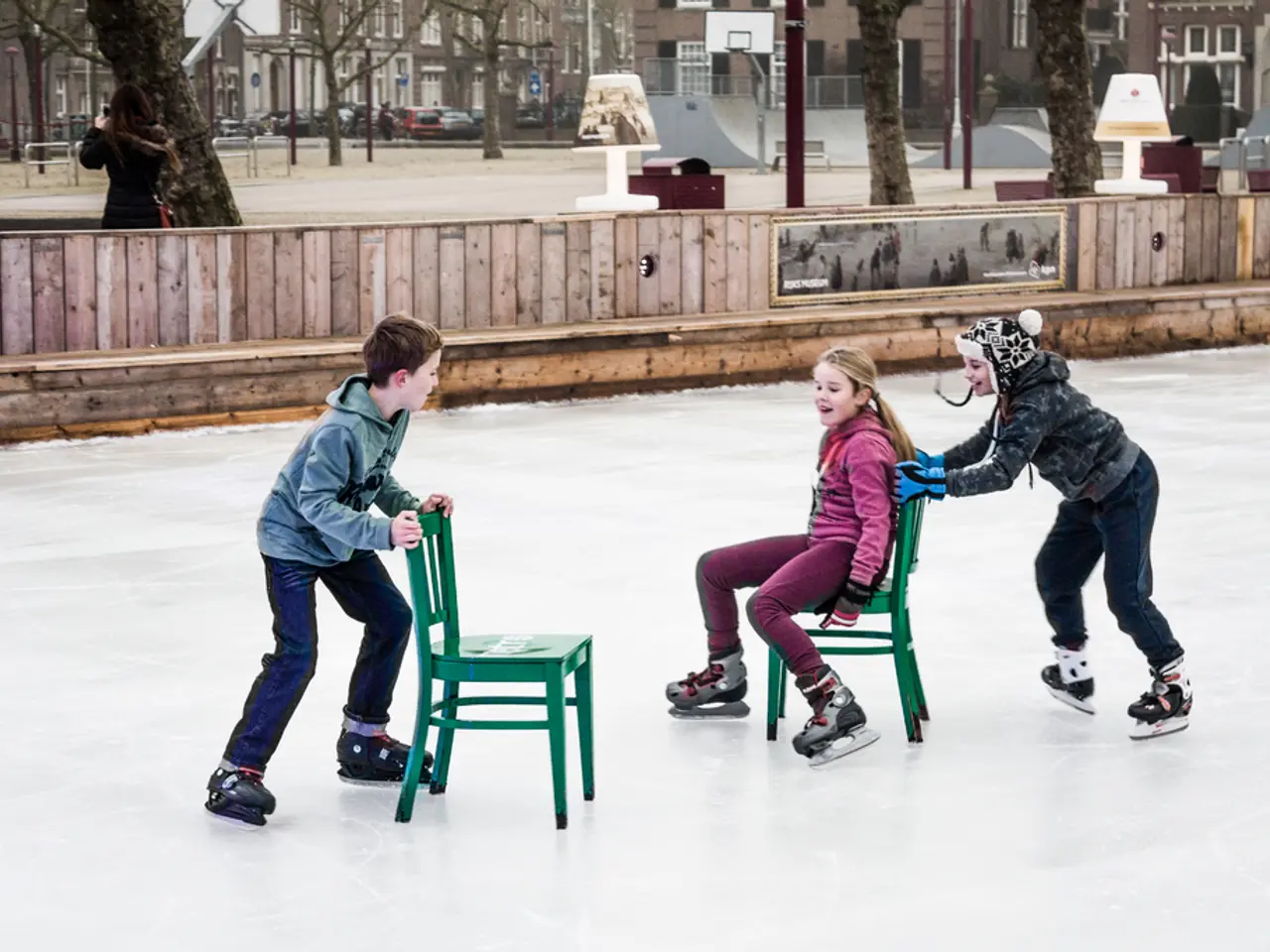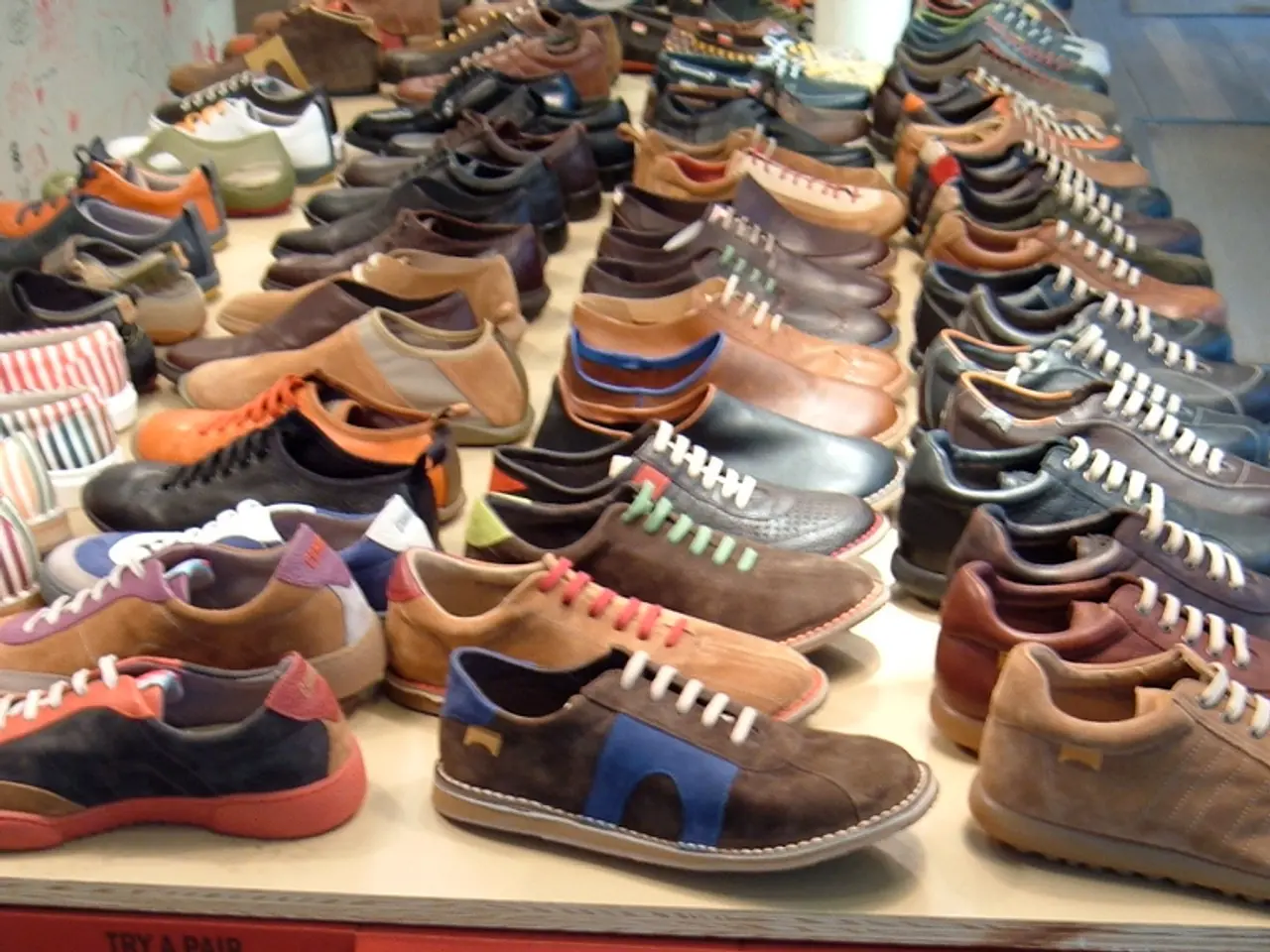Strategies for Erasing Marks on Hardwood Floors, as Suggested by an Expert
Maintaining Hardwood Floors: A Comprehensive Guide
Hardwood floors add a touch of elegance to any home, but they require special care to keep them looking their best. Here's a guide on how to effectively remove various stains and prevent scratches and scuffs, ensuring your hardwood floors maintain their durability over time.
Removing Different Types of Stains
Different stains require specific treatments. For instance, red wine and coffee, being organic stains, can be tackled with a 50/50 mix of white vinegar and water. Baking soda paste can also help lift these stains if treated promptly. Pet urine, on the other hand, requires quick blotting to absorb moisture, followed by a baking soda paste for odor and stain removal.
Oil-based stains call for a degreasing cleaner or rubbing alcohol to dissolve grease or oil. White stains, caused by moisture, can be treated with a paste of baking soda and water or rubbed gently with mineral oil or mineral spirits. However, black stains that have penetrated deeply into the wood often require sanding and refinishing, as household remedies are less effective for deep-set stains.
General Advice
Acting quickly to clean spills is crucial to prevent stains from setting. Harsh chemicals and abrasive cleaners should be avoided as they can damage the finish or the wood itself. Regular cleaning with a damp microfiber mop and a mild solution of warm water with a drop of dish soap helps maintain cleanliness without harming the floor.
Preventing Scratches and Scuffs
To prevent scratches, use soft furniture pads on chair and table legs. Place rugs or mats in high-traffic areas to reduce wear. Regularly sweep or vacuum the floor with a soft brush attachment to remove debris that can cause scratches. Maintaining indoor humidity between 40-65% can prevent wood warping and cracking due to moisture fluctuations. Avoid steam cleaners and excessive water during cleaning to prevent warping or finish damage.
Special Considerations for Engineered Wood
Engineered wood, like hardwood, requires a stable setting with a recommended humidity level of between 40-65% relative humidity, and a room temperature of between 16-28 degrees Celsius. Protective measures such as doormats, avoiding stiletto-heeled or spike-soled shoes, and adding soft, protective pads to furniture can also help safeguard your engineered wood flooring.
By following these guidelines, you can keep your hardwood floors looking beautiful for years to come. Remember, a little care goes a long way in preserving the charm and elegance of your hardwood floors.
References:
[1] Home Stratosphere [2] Today's Homeowner [5] Family Handyman
Maintaining the lifestyle and appeal of a home with hardwood floors can be achieved by implementing home-and-garden practices like promptly addressing spills to prevent stains and using soft furniture pads to prevent scratches. Regular cleaning with a mild solution and a soft brush attachment, combined with maintaining indoor humidity levels, helps ensure the longevity and existing charm of both hardwood and engineered wood flooring.




